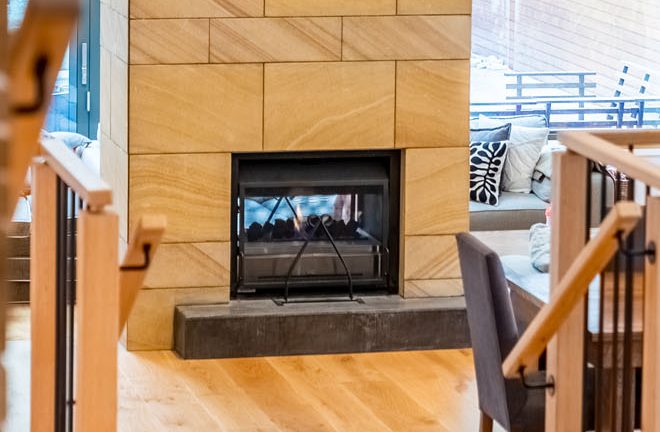How to Keep Warm at Home This Winter—Without Using Too Much Energy
Tips from the team at Brands Built
Sydney winters might be mild compared to other parts of the world, but anyone who’s spent a July morning in a cold house knows just how uncomfortable it can be. At Brands Built, we understand that keeping warm doesn’t have to mean high power bills or turning your home into a sauna.
With smart building design and a few practical changes, you can stay cozy while keeping your energy use low. Here’s how to keep the warmth in—and the costs down—this winter.
1. Seal Up the Gaps
Even a well-built home can lose heat through small cracks around windows, doors, and skirting boards. These gaps let warm air escape and cold air creep in, forcing your heater to work overtime.
What to do:
Use draught stoppers, weatherstripping, or silicone sealant to block any obvious gaps. For doors that lead outside, a simple door snake can be surprisingly effective.
2. Insulation Is Key
Insulation acts like a thermal blanket for your home, trapping warmth in during winter and keeping heat out in summer. A well-insulated home can slash energy use and improve year-round comfort.
Brands Built tip:
If you’re renovating or building, make sure ceiling, wall, and underfloor insulation meet or exceed current standards. If you’re in an older home, consider retrofitting where possible.
3. Maximise Natural Sunlight
Sydney’s winter sun is a free source of warmth—if you know how to use it. North-facing windows can bring in a lot of heat during the day, reducing the need for artificial heating.
Pro tip:
Open blinds and curtains during the day, especially on sunny afternoons. As soon as the sun goes down, close them to trap the heat inside.
4. Upgrade Your Window Coverings
Bare glass can lose a significant amount of heat, even in well-built homes. Thick curtains with thermal backing help insulate your windows and keep the warmth inside.
Smart solution:
Install floor-to-ceiling curtains or blinds that fit snugly, and consider pelmets to prevent warm air escaping over the top.
5. Layer Your Floors
Cold floors can make your whole home feel chilly, especially if you have hardwood, tiles, or laminate. Rugs not only add warmth—they also help reduce heat loss.
Simple fix:
Add rugs in high-traffic areas like living rooms, bedrooms, and hallways. This small change can make a big comfort difference.
6. Heat Only What You Need
You don’t need to heat the whole house to stay comfortable. Focus on the rooms you spend time in, and close the doors to unused spaces.
Efficiency tip:
Use zoned heating, portable units, or reverse-cycle air conditioning with a thermostat. Set your temperature to 18–20°C for optimal energy efficiency.
7. Build Smart from the Start
If you’re planning to renovate or build a new home, passive design can dramatically reduce your reliance on heating. Orientation, insulation, window placement, and ventilation all work together to keep your home naturally comfortable.
At Brands Built, we design with Sydney’s climate in mind—creating homes that perform better, feel better, and cost less to run.
Stay Warm the Smarter Way
You don’t need to crank the heater to stay cozy this winter. With a few small upgrades and smart design choices, your home can stay warm and energy-efficient through the colder months.

